My Favourite Painting: Viscount William Astor
William Astor chooses a painting from an artist with whom he was lucky enough to have a personal connection: Sir Stanley Spencer.
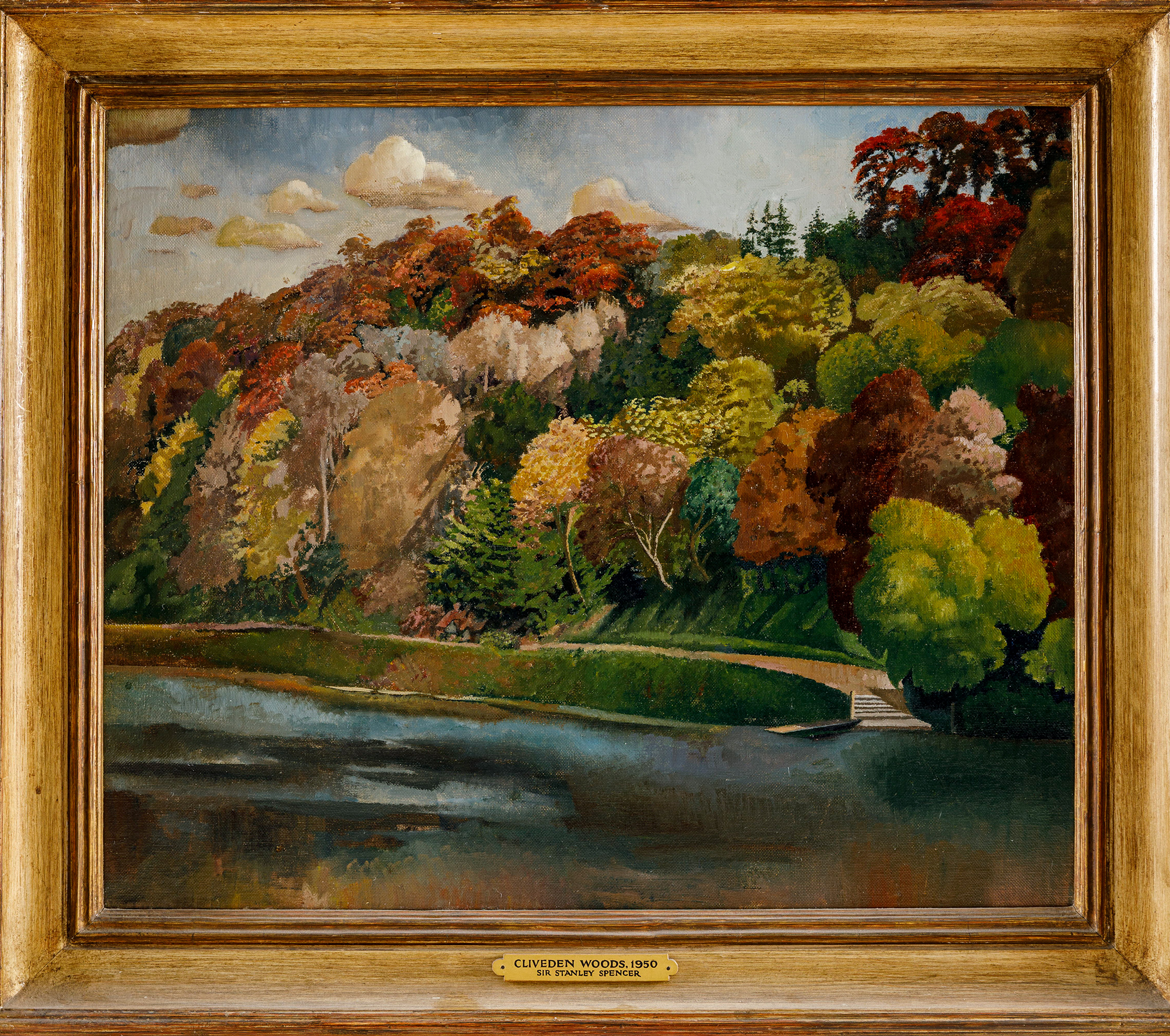

Viscount Astor on Cliveden Woods by Stanley Spencer
‘On a summer day, Stanley Spencer came to Cliveden to sketch on the terrace for his portrait of my father. He was kind enough to give me, an eight-year-old schoolboy, a drawing lesson. At the end of the day, we swapped drawings; I still have his, but I don’t think he kept mine.
‘Cliveden Woods is a perfect example of his art, carefully drawn in pencil in minute detail and then painted by colour, the blues, greens and then the reds and so on. He could visualise the exact detail of the painting before he lifted his brush.
‘A master technician, a great painter and a kind man.’
Lord Astor is a hereditary Lord Temporal in the House of Lords, chairman of the British Hound Sports Association and a trustee of the Stanley Spencer Gallery in Cookham, Berkshire.
Charlotte Mullins on Stanley Spencer
Stanley Spencer is best known for his large-scale religious paintings, such as The Resurrection, Cookham (1924–27). These were often set in the village of Cookham in Berkshire, where he was born and lived for much of his life. But he also painted landscapes, taking inspiration from the countryside that surrounded him. This painting of Cliveden Woods from 1950 captures the belt of woodland that enclosed Cliveden House when it was still the Astor family estate.
Trees line a hillside that gently rolls towards a broad slow-moving river. A path along the bank ends in a short flight of steps, with a mooring point for river exploration. It was painted from the opposite bank on the cusp of autumn. Spencer paints every tree as an individual, observing the shape and tone of leaves as they turn from green to red. Colours fuse in the reflection in the still water below, a haze of orange and yellow.
In many of Spencer’s figurative paintings, the landscape is charged with meaning, enhancing the drama or action of the scene. In The Resurrection, Cookham, for example, the central bower of white blooms above the doorway to the church signals the rebirth of the dead on the Day of Judgement.
Spencer was fascinated by the harmony of nature, its life cycles and patterns. Cliveden Woods may also be a reflection on his own life cycle — it was painted the year before he turned 60 and he died only nine years later, in 1959.
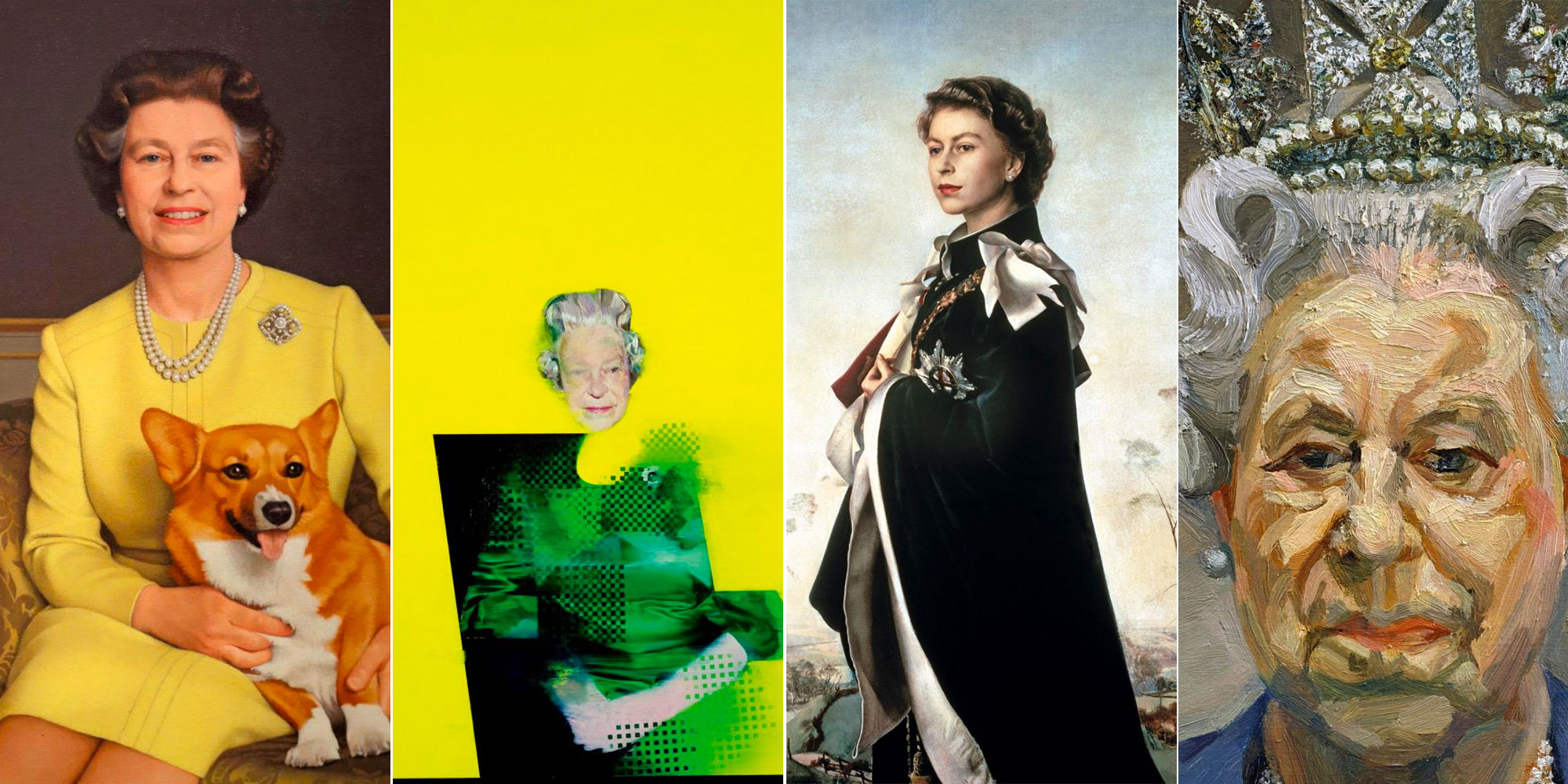
The Queen's official portraits: Seven of the most extraordinary paintings from 70 years and over 1,000 sittings
Her Majesty Queen Elizabeth II has been painted literally thousands of times since she came to the throne. Charlotte Mullins
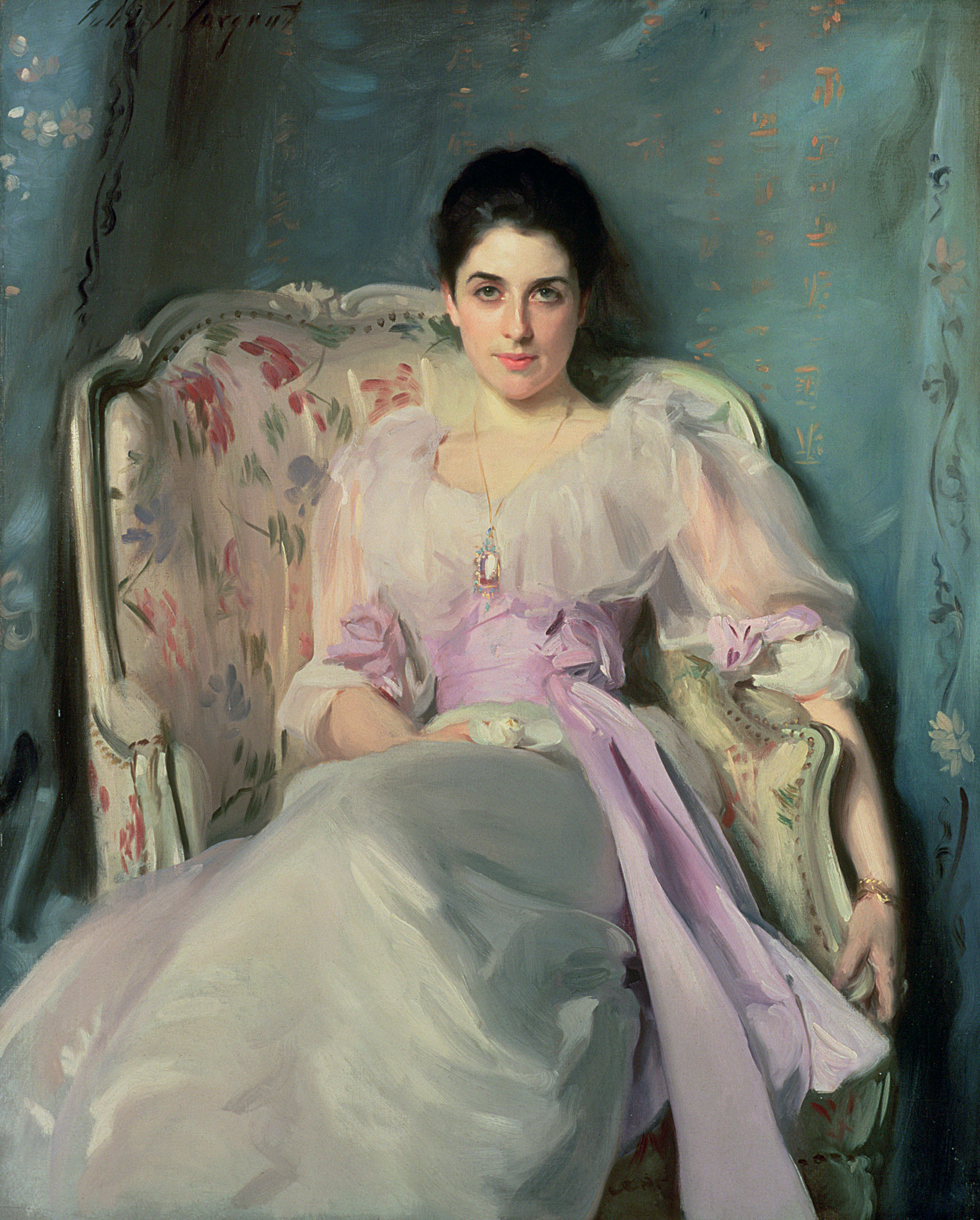
My Favourite Painting: Rachel Trevor-Morgan
The Queen's milliner Rachel Trevor-Morgan picks Lady Agnew of Lochnaw by John Singer Sargent.
Exquisite houses, the beauty of Nature, and how to get the most from your life, straight to your inbox.
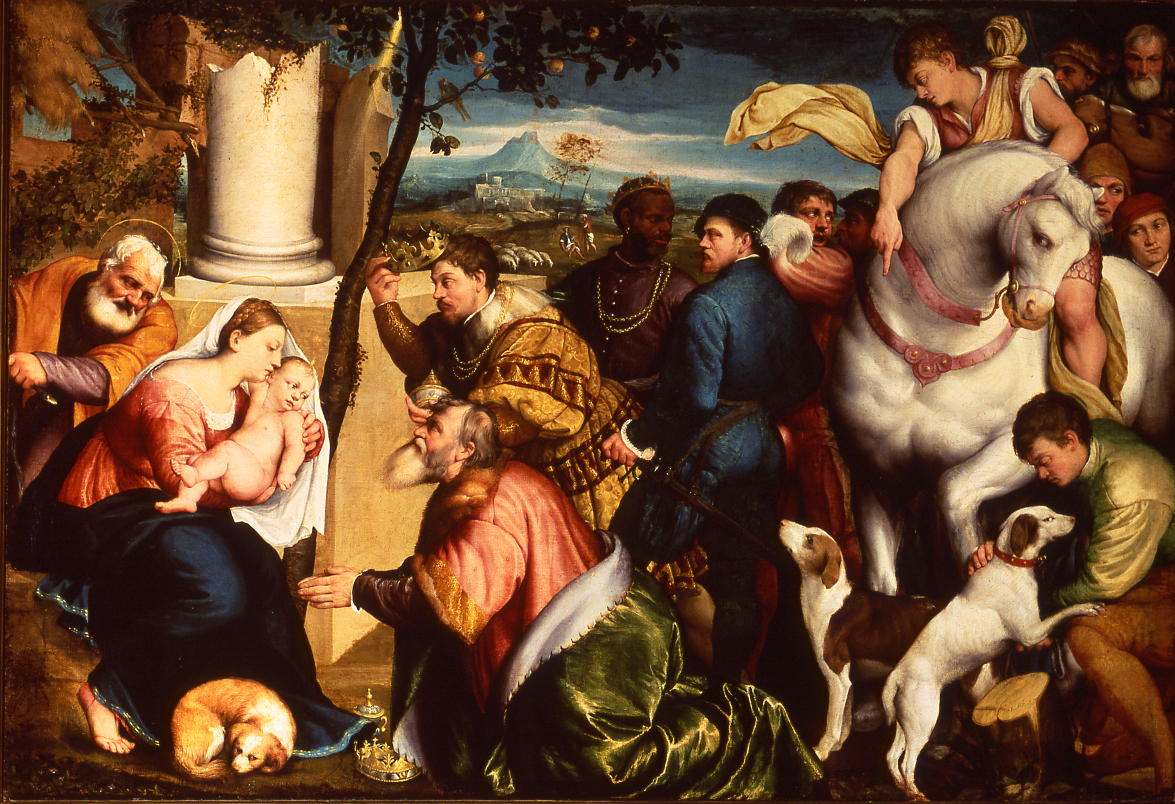
My favourite painting: Orlando Rock
Orlando Rock, chairman of Christie's, chooses The Adoration of the Magi by Jacopo Bassano.

Charlotte Mullins is an art critic, writer and broadcaster. Her latest book, The Art Isles: A 15,000 year story of art in the British Isles, will be published by Yale University Press in October 2025.
-
 You can now rent King William IV’s former home in London’s Mayfair — for a princely sum
You can now rent King William IV’s former home in London’s Mayfair — for a princely sumThe London property — with royal lineage — is on the market with the estate agency Wetherell for £25,000 a week.
-
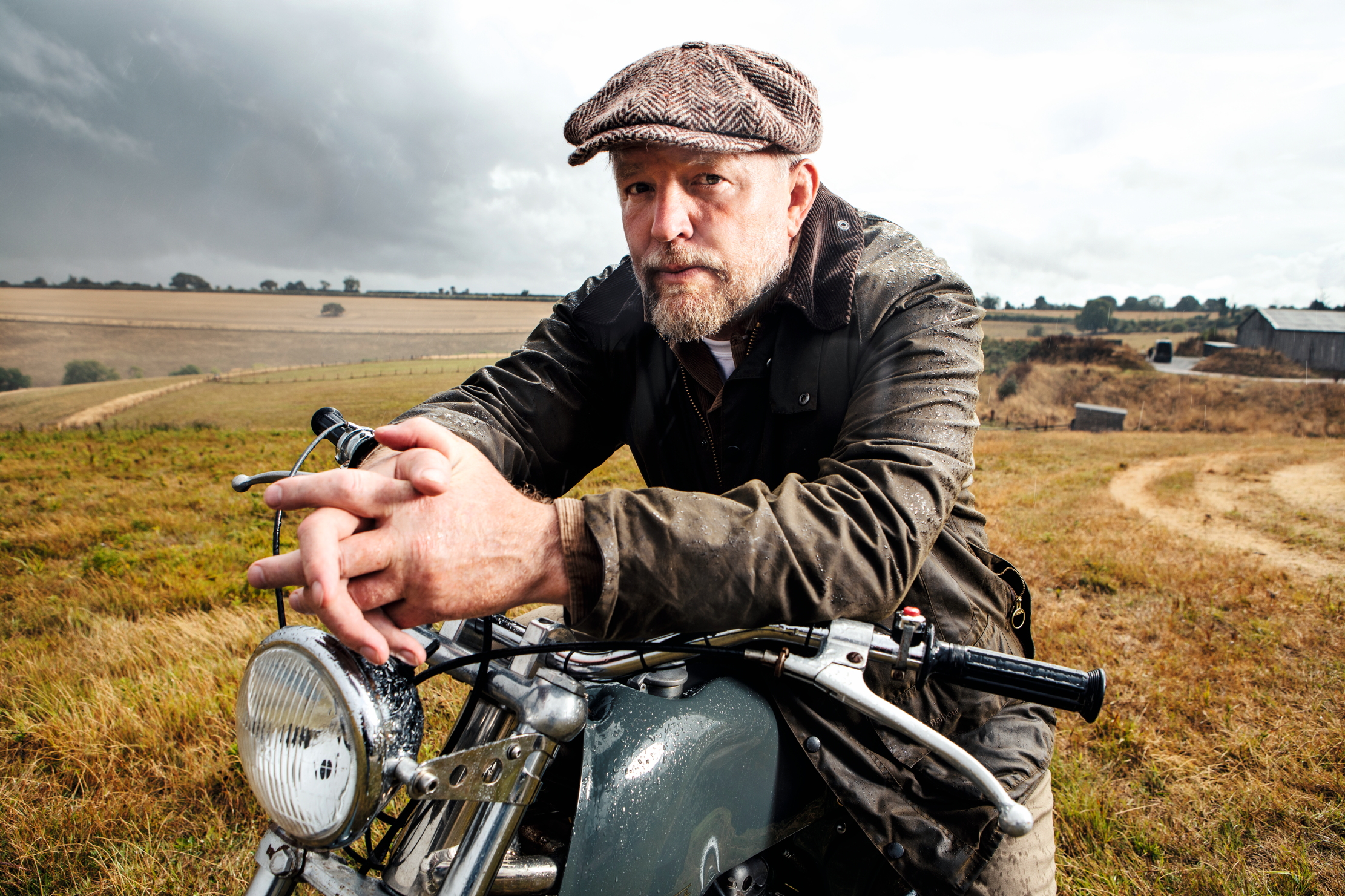 Guy Ritchie: 'My mother married an impoverished aristocrat with a knackered country pile. I've been chasing that dream ever since'
Guy Ritchie: 'My mother married an impoverished aristocrat with a knackered country pile. I've been chasing that dream ever since'The film maker opens up about his love for the countryside, and his friendship with Sir David Beckham.
-
 'As a child I wanted to snuggle up with the dogs and be part of it': Alexia Robinson chooses her favourite painting
'As a child I wanted to snuggle up with the dogs and be part of it': Alexia Robinson chooses her favourite paintingAlexia Robinson, founder of Love British Food, chooses an Edwin Landseer classic.
-
 The Pre-Raphaelite painter who swapped 'willowy, nubile women' for stained glass — and created some of the best examples in Britain
The Pre-Raphaelite painter who swapped 'willowy, nubile women' for stained glass — and created some of the best examples in BritainThe painter Edward Burne-Jones turned from paint to glass for much of his career. James Hughes, director of the Victorian Society, chooses a glass masterpiece by Burne-Jones as his favourite 'painting'.
-
 'I can’t look away. I’m captivated': The painter who takes years over each portrait, with the only guarantee being that it won't look like the subject
'I can’t look away. I’m captivated': The painter who takes years over each portrait, with the only guarantee being that it won't look like the subjectFor Country Life's My Favourite Painting slot, the writer Emily Howes chooses a work by a daring and challenging artist: Frank Auerbach.
-
 My Favourite Painting: Rob Houchen
My Favourite Painting: Rob HouchenThe actor Rob Houchen chooses a bold and challenging Egon Schiele work.
-
 My Favourite Painting: Jeremy Clarkson
My Favourite Painting: Jeremy Clarkson'That's why this is my favourite painting. Because it invites you to imagine'
-
 The chair of the National Gallery names his favourite from among the 2,300 masterpieces — and it will come as a bit of a shock
The chair of the National Gallery names his favourite from among the 2,300 masterpieces — and it will come as a bit of a shockAs the National Gallery turns 200, the chair of its board of trustees, John Booth, chooses his favourite painting.
-
 'A wonderful reminder of what the countryside could and should be': The 200-year-old watercolour of a world fast disappearing
'A wonderful reminder of what the countryside could and should be': The 200-year-old watercolour of a world fast disappearingChristopher Price of the Rare Breed Survival Trust on the bucolic beauty of The Magic Apple Tree by Samuel Palmer, which he nominates as his favourite painting.
-
 My favourite painting: Andrew Graham-Dixon
My favourite painting: Andrew Graham-Dixon'Lesson Number One: it’s the pictures that baffle and tantalise you that stay in the mind forever .'